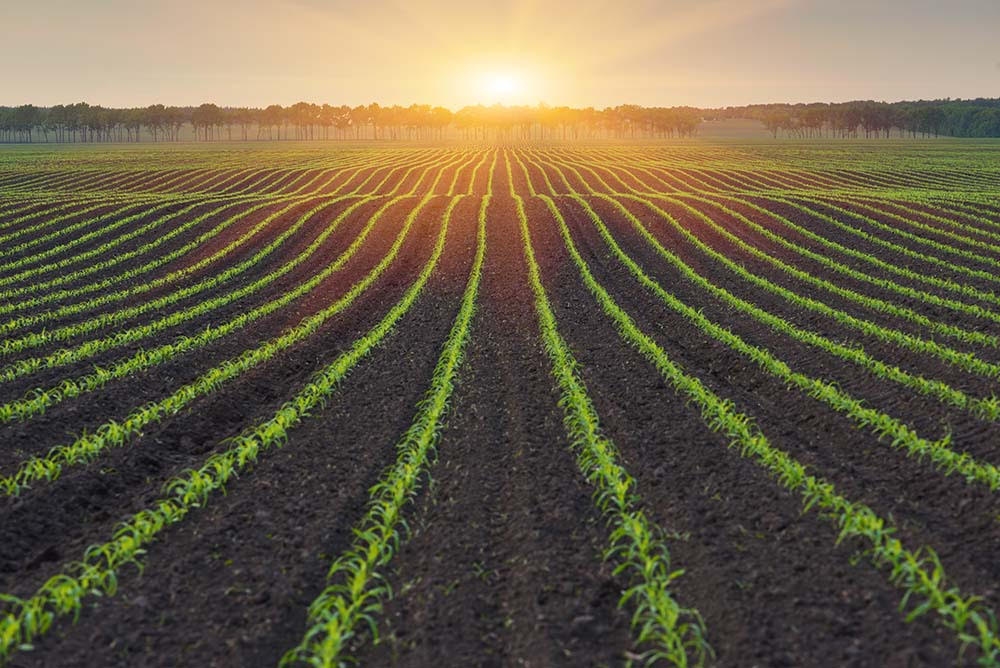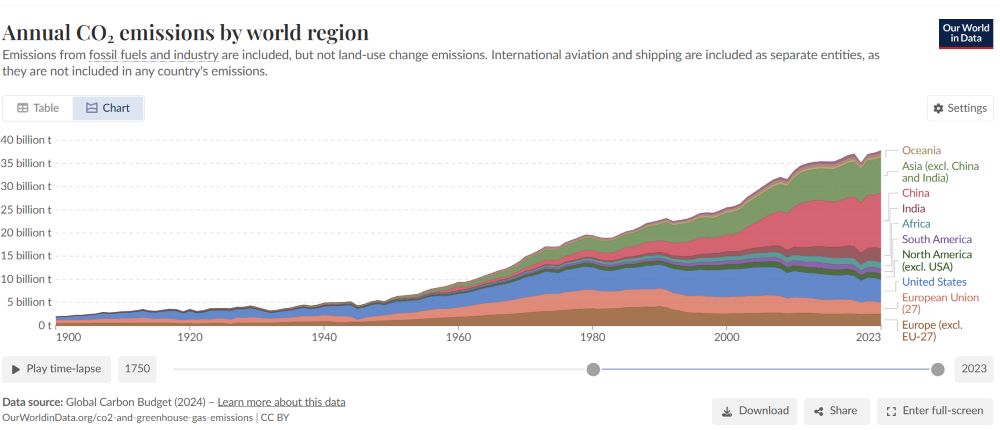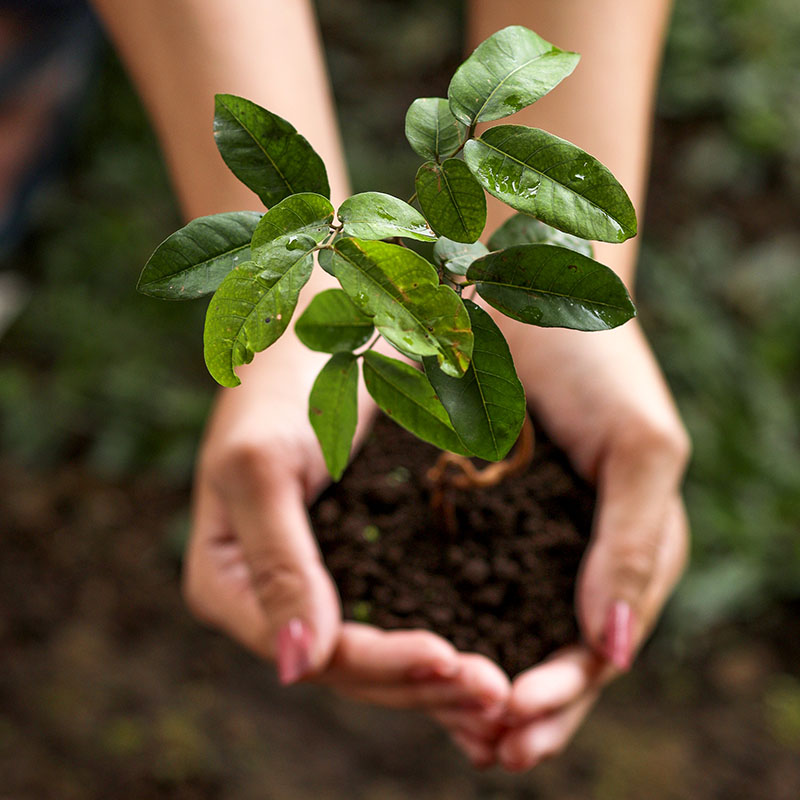The United Nations states that agriculture contributes about 17 percent of global greenhouse gas emissions worldwide. But research and new technologies are pointing the way toward solutions to the world’s climate crisis that threatens both our food supplies and earth’s habitability.
How Farming Can Fight Climate Change
The Donald Danforth Plant Science Center in St. Louis, Missouri, in a recent report titled “4 New Ways Agriculture is Fighting Climate Change” points to several possible solutions. A California company is selling a climate-resilient legume, and a Missouri company is developing a microbial spray that can harvest carbon from the air while replenishing soil nutrients. To make indoor agriculture less energy intensive, a Colorado start-up is using fiber optic lighting, while a Pennsylvania firm has had success with intelligent lighting systems.
The Danforth report also highlights a Tennessee startup that is working on a solution to nitrous oxide released from farm fields. This gas is more potent as a greenhouse gas than carbon dioxide. Instead of using fossil-fuel based fertilizers, this company is developing a biodegradable material to deliver the nitrogen that plants need to grow, an alternative that reduces emissions.
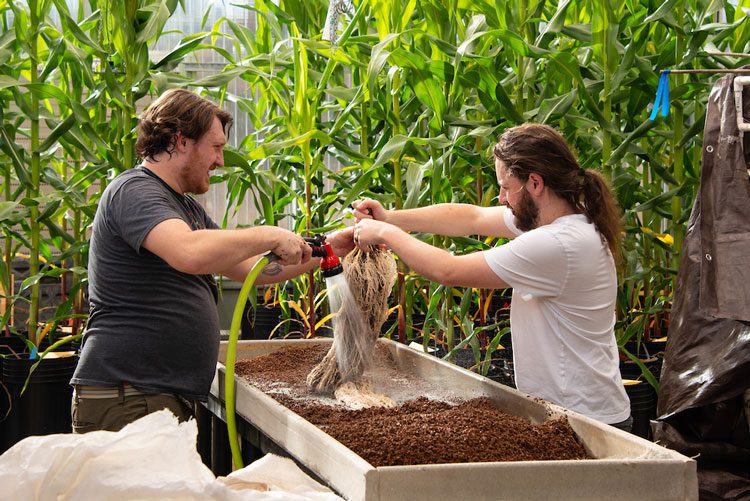
A very promising study released in August 2023 was recently summarized in one of Anthropocene Magazine’s Science Dispatch articles titled “Could weathered rock be the magic dust that vaults us towards our climate goals?” The plain language summary in the research study explains, “Enhanced rock weathering (ERW) on croplands is a promising negative emissions concept that accelerates natural weathering by amending soils with crushed rock.”
This research calculated the impact of applying basalt dust on croplands throughout the world. As the Science Dispatch states:
Scattering carbon-absorbing rock dust across global farmland could sequester 217 gigatons of CO2 by 2100, according to a new study. This could vault us towards the carbon drawdown target we need to reach to keep global temperature increases below 1.5 °C. What’s more, the study shows that the absorbent powers of volcanic rock dust, like basalt, are amped up in tropical, humid climes. Therefore, strategically adopting this measure in some regions could drive agricultural investment into developing nations, while simultaneously bringing a global benefit.
In 2021, Yale Environment 360 reported on Cornell University’s research into the application of basalt dust on agricultural fields of hemp in upstate New York and olive tree and alfalfa in California. Other researchers in the U.K. and Canada have been exploring the same technique on fields of corn and soy. The Yale article notes that basalt dust is plentiful globally.
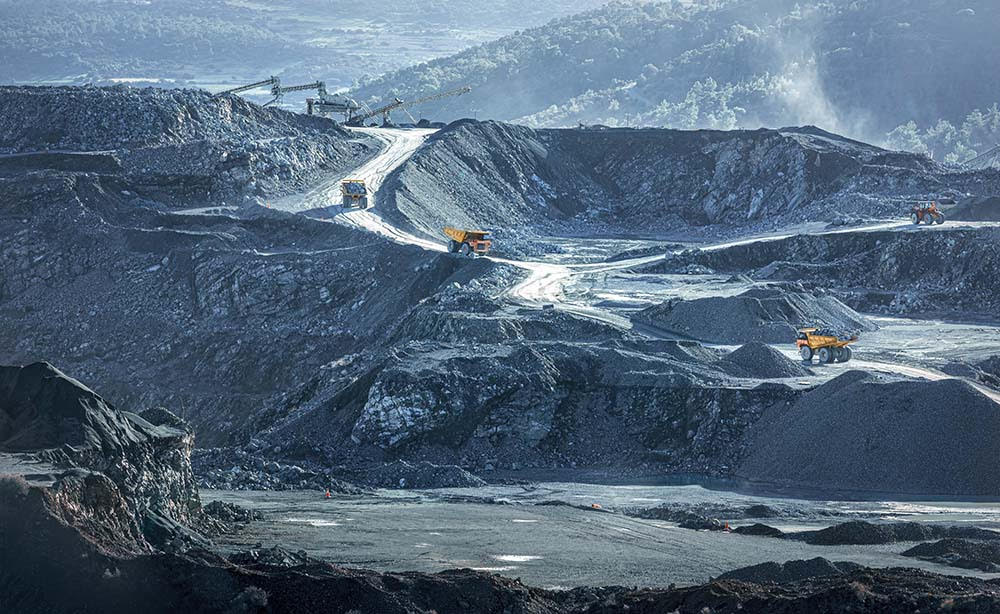
Basalt, the additive being used in the Cornell project, is a byproduct of mining and manufacturing operations and is found all over the world. Some estimates show that there’s enough basalt rock dust stockpiled to treat the planet’s croplands for several years.
There are numerous additional efforts to advance the movement toward Climate Smart Agriculture. They include progress toward more efficient irrigation, renewable energy, organic and regenerative farming practices, improved soil health, and reduced livestock methane emissions. Investment and dedication to more sustainable agriculture lends hope to the global movement to combat climate change and its devastating impacts.

